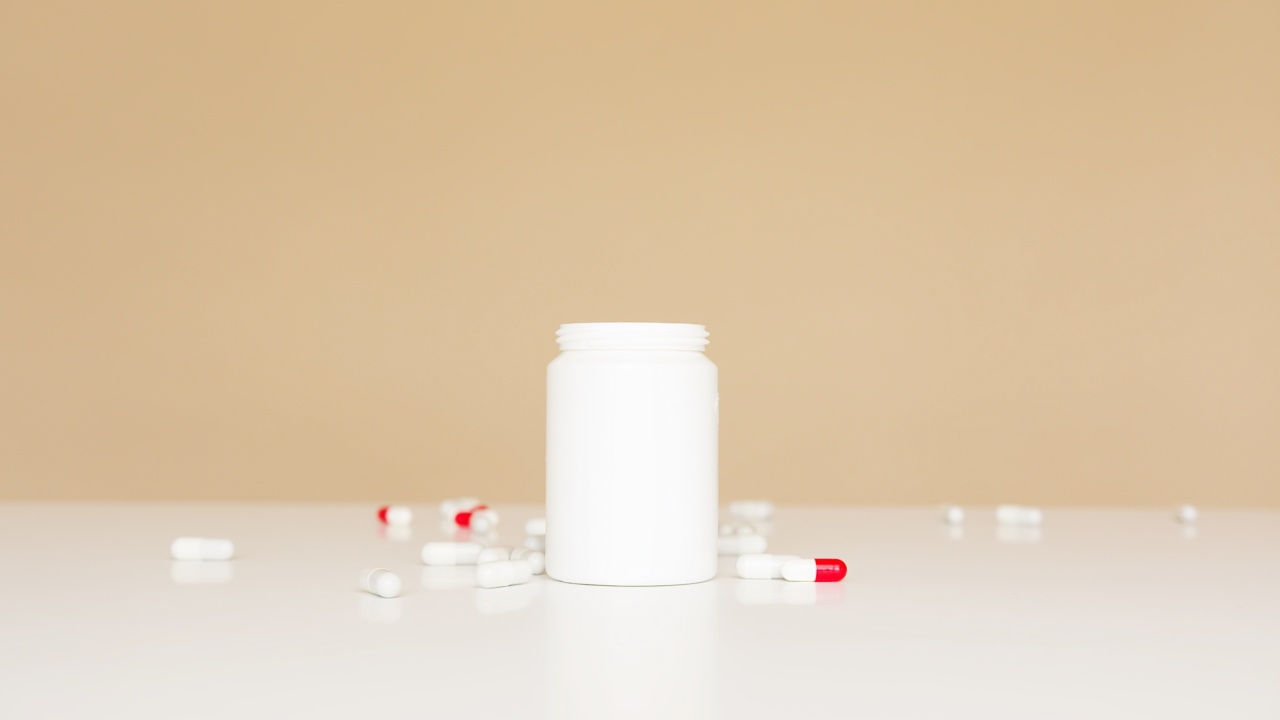Diabetic ulcers are a common and serious complication of diabetes, affecting millions of individuals around the world. These ulcers are slow to heal and can lead to severe complications, such as infections and amputations.
However, a revolutionary medical product has emerged that promises to heal diabetic ulcers in just 10 weeks. This groundbreaking invention provides new hope for diabetic patients who have long struggled with the healing process.
The Challenge of Diabetic Ulcers
Diabetic ulcers occur due to a combination of factors including poor blood circulation, nerve damage, and delayed wound healing.
High blood sugar levels in diabetic patients can lead to damage and narrowing of blood vessels, reducing blood flow to the extremities. Additionally, nerve damage makes it difficult for patients to feel pain or notice injuries, allowing ulcers to go unnoticed and untreated.
The healing process for diabetic ulcers is often slow and incomplete, resulting in chronic wounds that are susceptible to infections.
Traditional treatments, such as wound dressings and antibiotics, have limitations and can take many months or even years to achieve complete healing.
The Revolutionary Medical Product
The revolutionary medical product that has captivated the medical community is a growth factor-based therapy specifically designed to promote wound healing in diabetic ulcers.
This therapy utilizes a blend of naturally occurring growth factors that stimulate cell proliferation, angiogenesis (the formation of new blood vessels), and tissue regeneration.
When applied to diabetic ulcers, this product accelerates the healing process by stimulating the body’s natural healing mechanisms.
It provides a conducive environment for new tissue growth and helps reduce inflammation, controlling the risk of infection. The key advantage of this product is its ability to significantly shorten the healing time of diabetic ulcers, from months or years to just 10 weeks.
The Science Behind the Product
Researchers have conducted extensive studies to understand the mechanism of action behind this revolutionary medical product.
Growth factors, such as platelet-derived growth factor (PDGF) and fibroblast growth factor (FGF), play a crucial role in wound healing by stimulating cell migration, proliferation, and differentiation.
When applied topically to diabetic ulcers, these growth factors bind to specific receptors on cell surfaces, initiating a cascade of events that ultimately lead to tissue repair and regeneration.
They promote the migration of cells to the wound site, stimulate the production of collagen (a protein essential for wound healing), and enhance the formation of new blood vessels.
Additionally, this medical product incorporates advanced delivery technology that ensures the growth factors reach the deeper layers of tissue where the ulcer is located.
This targeted delivery system maximizes the effectiveness of the therapy and improves patient outcomes.
Positive Results from Clinical Trials
Clinical trials evaluating the efficacy of this medical product have provided remarkable results.
In a randomized controlled trial involving diabetic patients with chronic ulcers, those treated with the growth factor-based therapy demonstrated significantly faster healing compared to the control group.
On average, patients treated with the medical product experienced complete healing of their ulcers within a span of 10 weeks.
This achievement is extraordinary considering that conventional treatments often take many months or years to achieve similar results.
Moreover, the therapy not only accelerates the healing process but also improves the quality of healing. The regenerated tissue appears healthier and more functional, reducing the risk of future ulcer formation.
Patients report reduced pain and discomfort, improved mobility, and an enhanced overall quality of life.
Safe and Well-tolerated Treatment
One of the significant advantages of this medical product is its excellent safety profile. It has undergone rigorous testing to ensure its efficacy and safety in diabetic patients.
Clinical trials have reported minimal side effects, mainly limited to mild local reactions at the site of application, such as redness or mild irritation.
The low incidence of adverse events makes this therapy suitable for long-term use, allowing patients to continue treatment without significant interruptions.
Moreover, the therapy does not interfere with other medications or diabetes management strategies, making it compatible with existing treatment plans.
Embracing a Paradigm Shift in Diabetic Ulcer Management
The introduction of this revolutionary medical product signals a paradigm shift in the management of diabetic ulcers.
It offers a new approach that can potentially transform the lives of millions of individuals living with diabetes, especially those with chronic and non-healing ulcers.
By significantly shortening the healing time and improving the overall healing quality, this therapy can prevent complications such as infections, gangrene, and amputations.
Its potential impact on healthcare costs and patient well-being is immense, as it reduces the burden of long-term wound care and its associated expenses.
The Future of Diabetic Ulcer Treatment
The success of this growth factor-based therapy opens the door for further advancements in the treatment of diabetic ulcers.
Ongoing research in the field aims to refine the therapy, improve its cost-effectiveness, and explore combination treatments to enhance outcomes even further.
Additionally, researchers are investigating the application of this medical product in other types of chronic wounds and non-diabetic patients with slow-healing ulcers.
The potential expansion of the therapy’s indications could revolutionize wound care and benefit a broader population.
Conclusion
The introduction of a revolutionary medical product that heals diabetic ulcers in just 10 weeks brings newfound hope to individuals struggling with this debilitating condition.
Through harnessing the power of growth factors and advanced delivery systems, this therapy accelerates the healing process and improves the overall quality of healing.
Clinical trials have demonstrated its remarkable efficacy and safety, making it a groundbreaking solution in the management of diabetic ulcers.
This medical product has the potential to shift the paradigm of diabetic ulcer treatment, reducing the burden on patients and healthcare systems alike.






























